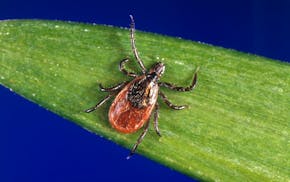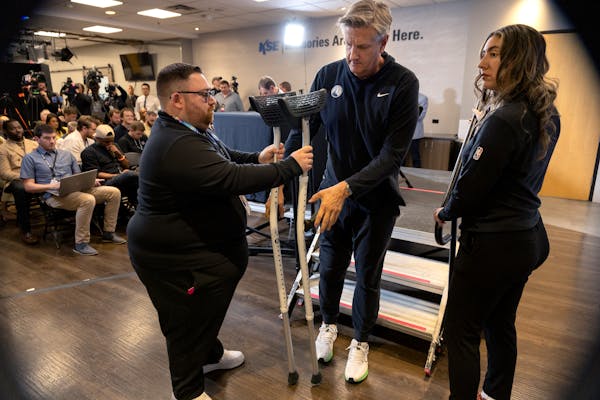The recent cold spell's passing is a relief, not so much for the end of the cold discomfort but because it's a respite from how "cold" is communicated by wide-eyed, "gosh-dang" broadcasters when snow or a chill is forecast here where "real" winter has been an annual thing for a while now.
Is there an award somewhere for the face-brushed TV weatherperson who can best feign alarm in preparing us viewers for something we all know is coming just by looking at the calendar?
Once was, when a storm front was bearing down on, say, the Ohio River Valley, it was just that — a storm. But now we're told that "12 million people are in the path of that storm," as if the weather set needs big numbers for added drama.
No, when the temperature is 5 below and there's wind, the outside does not "feel like" 22 below.
The thermometer measures 5 below, and even with some wind it is still 5 below. We know it's cold outside by opening the door, and we know it's snowing by looking out the window.
But there's no such thing as a temperature "feeling like" a measured number. Our bodies are not calibrated to discern degrees. It's cold or it's colder; it's warm or it's warmer. To broadcasters the "feels like" temperature makes it appear on the weather map to be colder than it is — a dramatic "suffer index."
Then comes an e-mail or call from someone in a warmer clime shrieking about our safety because their TV says it's 30 below in Minnesota with the "windchill." YIKES!
But no, it's 5 below and a bit windy. Inside, where most of us are, it's 70 degrees or so, and we think we'll make it.
Yes, a wind along with cold makes things less comfortable. Which is why we have coats and gloves, right?
But if you're outside and sheltered from the wind, there's no "windchill." If you're in your car there's no windchill. If you have to change a tire, you know it'll be cold out there — which brings us back to coats and gloves and bomber caps.
Actually, windchill was invented somewhere around the South Pole in the 1940s by cooped-up scientists looking for things to do who devised a way to measure how wind speed affects bodily heat loss. Which is why we know how much faster death by freezing would come if we were naked and outside in Antarctica.
With some certainty we know this: Within the year, it will get warmer, more or less, and then cold again. It will rain and it will snow, and the wind will blow, or not.
It's Minnesota — keep your coat handy.
Ron Way lives in Minneapolis. He's at ron-way@comcast.net.

Kudos to St. Cloud's longtime mayor
Readers Write: Ethnic studies curriculum, public notice laws, student protests


